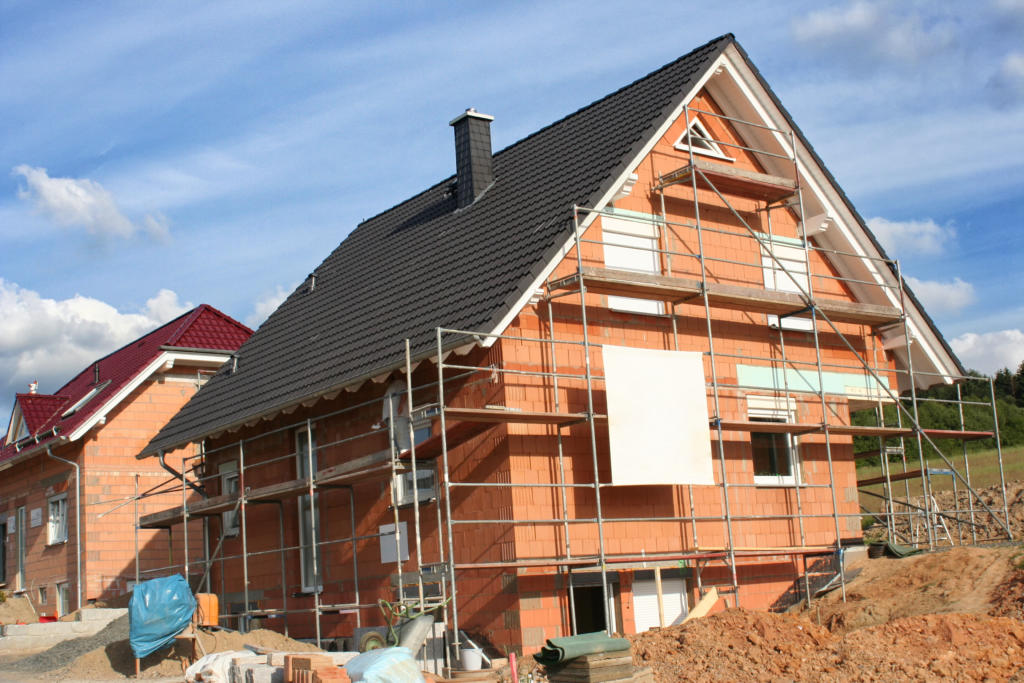
It is usual for land owners to be bound by restrictive covenants prohibiting them from using their property in a particular way to the benefit of adjoining land. These covenants can include an obligation not to cause a ‘nuisance’ or ‘annoyance’.
What is considered to be a nuisance in law is fairly settled, but what’s an ‘annoyance’?
Well, case law indicates that the scope of such annoyance covenants can, amongst other things, extend to prohibit the construction of buildings that interfere with a neighbour’s view. This decision is significant as currently, there is no protection of an individual’s right to a view enshrined in Property Law.
Taking a step back briefly, the interpretation of what exactly constitutes a “nuisance or annoyance” will depend upon the individual facts of each matter. In the leading case of Todd-Heatley v Benham [1888] it was held that the test for a breach of such a restrictive covenant was whether “reasonable people, having regard to the ordinary use of a house for pleasurable enjoyment, would be annoyed or aggrieved by what is being done”. The test would be applied and nuisance or annoyance judged by robust and common sense standards (Wood v Cooper [1894]).
More recently, a case (Davies v Dennis and others [2009]) was brought by the neighbours to the respondent after he began construction of an extension to his property, having been granted planning permission by the relevant authority, on the grounds that once completed the extension would obstruct the applicant’s view of the Thames.
Annoyance covenants have wide interpretation
The case reached the Court of Appeal and the above mentioned test was applied. The court considered whether reasonable, sensible people would, having regard to the ordinary use of the houses for pleasurable enjoyment, be annoyed and aggrieved by the building extension. It was found that the ordinary construction of the annoyance covenant was found to give rise to a wide interpretation extending to a range of activities. This included not only the actual construction of the extension but also, the continuing annoyance of the extension itself. It was therefore held that the natural interpretation of the annoyance covenant could restrain the erection of buildings deemed to cause a nuisance or annoyance and that obstruction of a view can, depending on the facts, fall within the remit of a nuisance or annoyance.
It is therefore important that prior to developing a site, care is taken to ensure the proposed development is permitted from both a title and planning law perspective. Should a title investigation reveal the existence of potentially problematic restrictive covenants, legal advice should be sought to consider the most suitable course of action, which may include negotiating or applying to discharge or vary the covenant.
For more information on restrictive covenants please see our other articles where we have written about how to alter and remove a restrictive covenant and why it is important to consider restrictive covenants before starting development. If you have any questions, please get in touch below.
